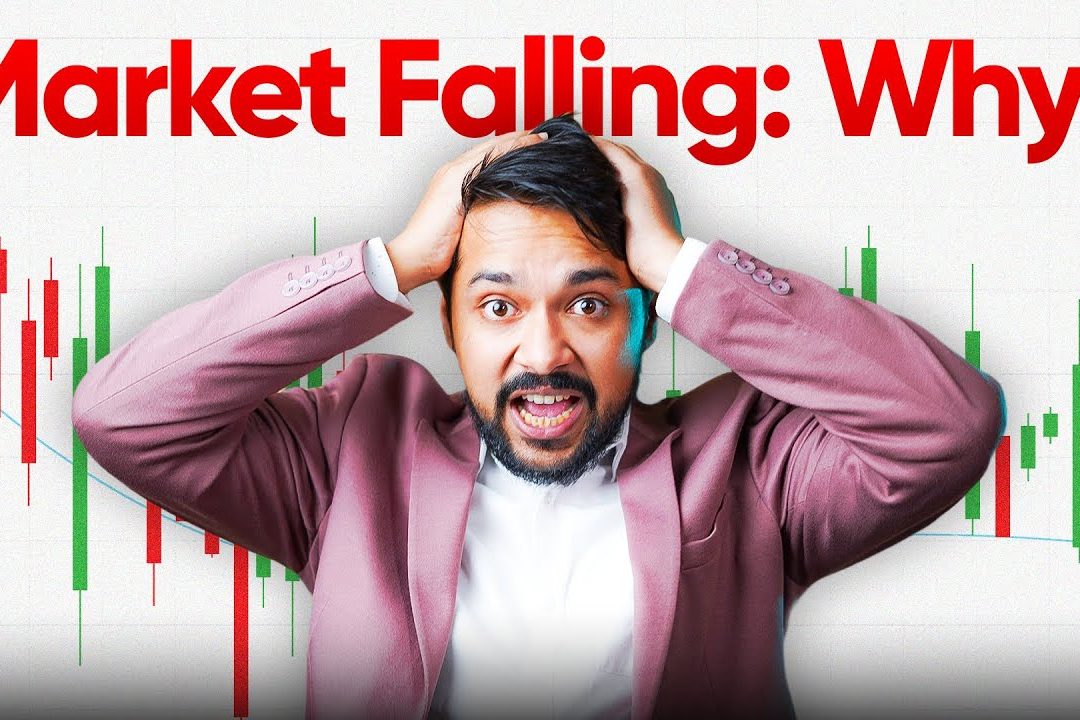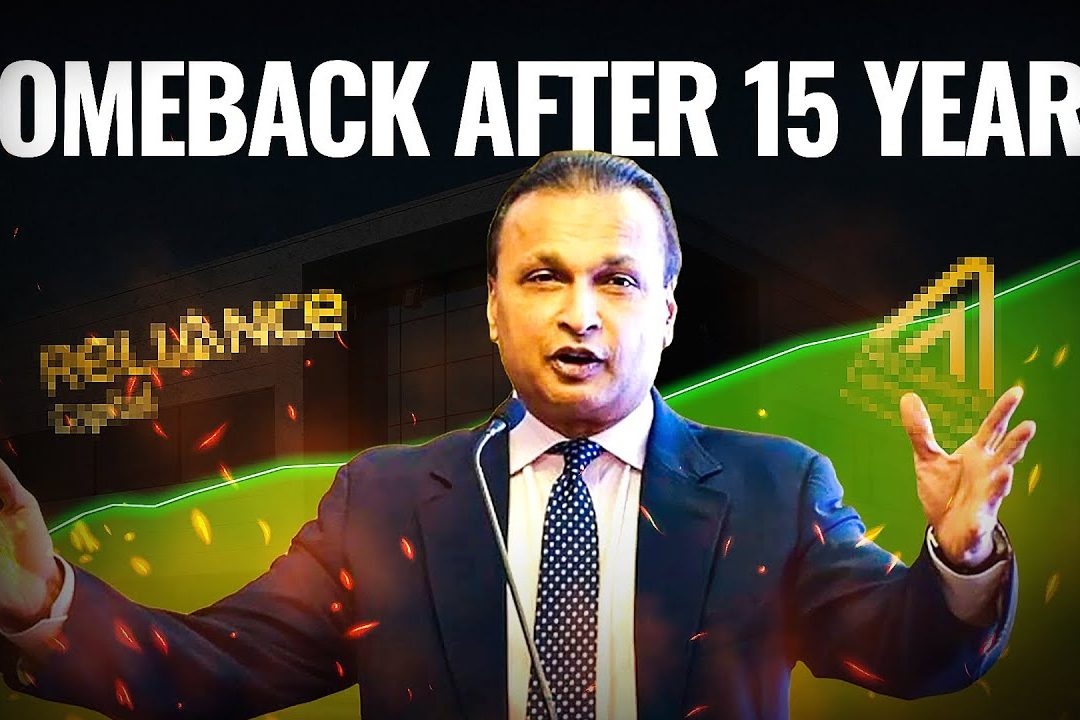Introduction
Investing is one of the most effective ways to build wealth over time, but it’s not without its challenges. Every investor, whether a beginner or a seasoned pro, has likely asked, “Is there any risk in investing?” The truth is, yes—investing does come with risks. However, the key to success lies in understanding these risks, managing them, and finding the best ways to navigate them.
In this blog, we will break down the concept of risk in investing, examine the various factors that contribute to market fluctuations, and explore strategies to manage risks effectively. We will also discuss how you can use risk to your advantage in your long-term investing journey.
What is Risk in Investing?
Risk in investing refers to the uncertainty of future returns. When you invest in stocks, bonds, or any other asset, there is no guarantee that you will earn a positive return. The market may go up, but it may also go down. This uncertainty about returns is what we call “risk.”
But Is there any risk in investing? Absolutely. Every investment carries some level of risk, whether it’s the volatility of the stock market, the performance of a company, or broader economic factors. The goal, however, is to understand the risk, manage it, and use it as a stepping stone towards financial growth.


There are several types of risks that investors face. These include:
- Market Risk: The risk that the entire market or a particular sector will decline, affecting the performance of all stocks.
- Economic Risk: Risks arising from changes in the economy, such as inflation, interest rates, or GDP growth.
- Company-Specific Risk: Risks related to the performance of a specific company, including management decisions, product failures, or financial problems.
- Liquidity Risk: The risk that an investor may not be able to buy or sell a security at the desired price.
While risk is inevitable, understanding how it works can help you make informed investment decisions and reduce the likelihood of significant losses.
Why Do Markets Go Up and Down?
Market Sentiment and Its Influence
Markets are driven largely by investor sentiment. When investors feel positive about the economy and market conditions, they are more likely to buy stocks, driving prices up. Conversely, when there is uncertainty or fear, they may sell their stocks, causing prices to drop.
In recent times, we have witnessed market fluctuations, with indices like Nifty and Sensex falling by 2.5% to 3%. This decline in the market has raised the question, Is there any risk in investing? The answer is yes, but this risk is a natural part of the investing process.
A recent market decline, like the one witnessed in the past few weeks, often leads to panic among investors. News outlets spread stories about the wealth of investors decreasing by billions of dollars, and this can cause people to sell off their investments in fear. However, this is a normal reaction to short-term market movements. Over the long term, markets have historically shown growth despite periodic corrections.
The Impact of Q1 FY26 Results
Company Earnings and Market Reaction
Company earnings reports, particularly Q1 FY26 results, play a significant role in market movements. Investors had high expectations for the earnings, but when results were released, they showed mixed results. Some companies, such as Kotak Mahindra, reported weaker-than-expected profits, while others, like Bajaj Finance, showed growth in certain areas but increased losses.
This shift in earnings sentiment has contributed to the market’s downward movement. But here’s the thing to remember: Is there any risk in investing? Yes, but market fluctuations based on earnings expectations are common. While some investors panic and sell, others may view these declines as opportunities to purchase stocks at lower prices.
For example, Kotak Mahindra’s net profit decreased by 7%, and their operating margins shrank. This unexpected outcome was caused by unpredictable factors, such as the Reserve Bank of India’s policy changes. This unpredictability is an important aspect of investing, and while it may lead to short-term declines, it also creates opportunities for long-term investors.
The Role of FIIs (Foreign Institutional Investors)
FIIs and Their Impact on Market Sentiment
Foreign institutional investors (FIIs) have a major influence on the Indian stock market. They are large investors that move substantial sums of money in and out of the market. When FIIs are buying, markets rise, and when they are selling, markets tend to fall.
Recently, FIIs have been selling off their positions, which has contributed to the market’s recent slump. As of July 28, FIIs sold over ₹36,000 crore in the cash segment. This has created a negative market sentiment, as selling leads to more downward pressure on stock prices.
So, Is there any risk in investing? Yes, FIIs’ actions can significantly affect market prices, and their selling can create a domino effect, causing other investors to panic and sell as well. However, it’s important to keep in mind that FIIs’ actions are driven by macroeconomic factors that are often beyond an individual investor’s control.
Despite the recent selling, this could also present an opportunity. As stocks become undervalued, long-term investors can find opportunities to buy at lower prices. As an investor, it’s important not to react impulsively to FIIs’ movements but instead focus on the long-term potential of your investments.
Macroeconomic Factors Contributing to Market Risk
Inflation, Crude Oil, and Trade Wars
Macroeconomic factors, such as inflation, crude oil prices, and global trade tensions, contribute significantly to market risk. Rising crude oil prices, for example, lead to higher production costs for companies, which can eat into their profits. Additionally, inflation reduces consumer purchasing power, affecting company revenues.
Another risk factor is geopolitical uncertainty. For example, the ongoing trade tensions between India and the US have created uncertainty in the market. If trade talks break down, it could negatively impact investor sentiment and lead to market declines.
Despite these factors, Is there any risk in investing? Yes, macroeconomic risks are an inherent part of the market. These factors can be unpredictable, and their effects can ripple through the global economy. However, these risks can be mitigated by maintaining a diversified portfolio and focusing on long-term goals.
Sector-Specific Risks in the Stock Market
Sectors and Their Unique Risks
Different sectors of the economy react to market changes in different ways. For instance, companies in the IT sector may be affected by changes in technology or global demand, while companies in the energy sector may be impacted by fluctuations in commodity prices.
The IT sector has recently faced challenges due to changing global trends and the rise of artificial intelligence. Some major companies like TCS have seen weaker-than-expected earnings. In contrast, the banking sector has faced challenges due to rising interest rates and regulatory changes.
So, Is there any risk in investing? Yes, but it’s important to recognize that sector-specific risks vary. Some sectors may face higher risks during certain economic conditions, but others may be more resilient. It’s important to stay informed about the sectors in which you are investing and adjust your portfolio accordingly.
How to Manage Risk in Investing
Diversification: Spreading Your Risk
One of the most effective ways to manage risk is through diversification. By investing in a variety of asset classes—stocks, bonds, real estate, and commodities—you can reduce the impact of a poor-performing investment. Diversification helps ensure that if one part of your portfolio is underperforming, other parts may perform well to offset the loss.
For example, if you have investments in the stock market, consider adding bonds, which tend to be less volatile. Additionally, investing in different sectors of the economy can also reduce the risk of a downturn in any one area.
Long-Term Investing: Focusing on the Bigger Picture
Investing for the long term is another way to manage risk. While short-term market fluctuations can be unsettling, focusing on long-term goals allows you to ride out the volatility. Over time, markets tend to recover and grow, so staying invested for the long haul is a proven strategy to reduce risk and increase potential returns.
As an example, look at the stock market’s performance over the past 10 years. While there have been dips, the overall trend has been upward. By sticking to your investment strategy and focusing on long-term growth, you can minimize the risk of short-term volatility.
Stay Educated and Informed
One of the best ways to manage risk is to stay informed. By understanding the factors driving market movements, you can make more informed decisions. Consider attending a free webinar on stock market today or participating in a stock market free webinar to gain insights into the current market conditions.
Additionally, learning from experts and joining the best stock market institute in Delhi can help you make better investment choices and avoid emotional reactions to market fluctuations.
Conclusion: Embrace Risk for Long-Term Growth
In conclusion, Is there any risk in investing? Yes, there is. But this risk is not something to fear—it’s a natural part of the investment process. By understanding the factors that influence market movements, managing risks through diversification, and focusing on long-term growth, you can navigate market uncertainties and build wealth over time.
Remember, the key to successful investing lies in understanding and managing risk. Don’t let short-term market fluctuations drive your decisions. Instead, stay focused on your long-term goals and continue to invest wisely. The market will always have its ups and downs, but your long-term strategy can help you achieve financial success.
Investing is a journey, and with the right mindset and knowledge, you can make informed decisions that lead to long-term wealth creation. Keep learning, stay informed, and remember: Is there any risk in investing? Yes, but with the right approach, you can manage it effectively and come out ahead.







